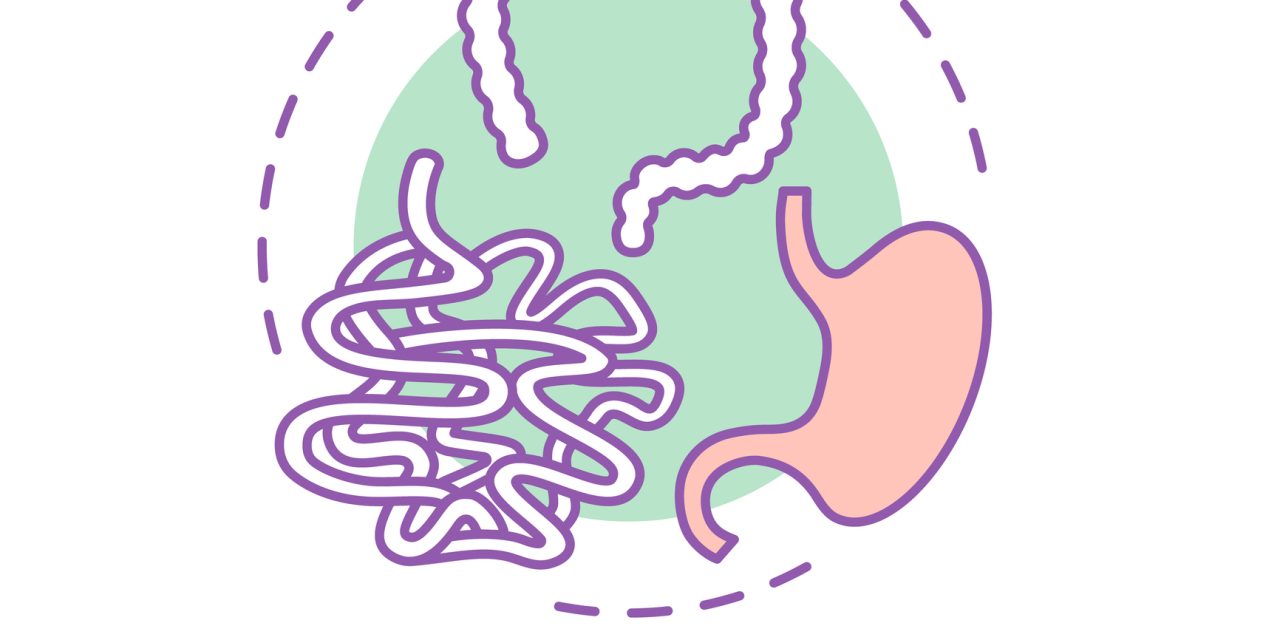Several barriers prevent the proper screening, diagnosis, and treatment of hepatitis C virus (HCV) infection. We aimed to evaluate the status of HCV screening, confirmation, and treatment rates in a tertiary academic medical center in Korea.
Patients who visited Severance Hospital between 2015 and 2019 were eligible in this retrospective study. The testing and positivity rates for anti-HCV antibodies and HCV RNA were sequentially analyzed.
Between 2015 and 2019, 252,057 patients (117,131 males, 46.5%) who underwent anti-HCV antibody testing were retrospectively reviewed. The median age of the study population was 51.0 years. Patients with positive anti-HCV antibody test results (n=2,623, 1.0%) showed a higher proportion of liver cirrhosis (17.6% vs. 2.0%) and unfavorable laboratory test results (all P<0.05). The positivity rates were 1.3% and 0.8% in the medical and surgical departments, respectively. HCV RNA was tested in 1,628 (62.1%) patients, with a 57.4% (n=928) positivity rate. The medical department had a higher HCV RNA testing rate than the surgical department (75.4% vs. 40.8%). Among the 928 patients who showed positivity for HCV RNA, 847 (90.7%) underwent genotype testing (mostly 1 and 2 [95.4%]). The treatment rate was 66.9% (n=567); it was higher in the gastroenterology department (70.8%) than in the non-gastroenterology departments (62.3%).
A considerable proportion of patients testing positive for anti-HCV antibodies were not referred for proper management. Systematic and automated screening and referral systems, which may help identify patients requiring treatment for HCV infection, are necessary even in tertiary academic medical centers.
This article is protected by copyright. All rights reserved.
Screening, confirmation, and treatment rates of hepatitis C virus infection in a tertiary academic medical center in South Korea.


